
In older English sources such as the King James Version of the Bible, cattle refers to livestock, as opposed to deer which refers to wildlife. The Scots language singular is coo or cou, and the plural is kye. This is the origin of the now archaic English plural, kine. The plural cȳ became ki or kie in Middle English, and an additional plural ending was often added, giving kine, kien, but also kies, kuin and others. Persian: gâv, Sanskrit: go-, Welsh: buwch. The word cow came via Anglo-Saxon cū (plural cȳ), from Common Indo-European gʷōus ( genitive gʷowés) 'a bovine animal', cf. German: Vieh, Dutch: vee, Gothic: faihu). The term replaced earlier Old English feoh 'cattle, property', which survives today as fee ( cf. The word is a variant of chattel (a unit of personal property) and closely related to capital in the economic sense. Cattle originally meant movable personal property, especially livestock of any kind, as opposed to real property (the land, which also included wild or small free-roaming animals such as chickens-they were sold as part of the land). It was borrowed from Anglo-Norman catel, itself from medieval Latin capitale 'principal sum of money, capital', itself derived in turn from Latin caput 'head'. EtymologyĬattle did not originate as the term for bovine animals. The only pure African taurine breeds ( Bos taurus africanus) remaining are the N'Dama, Kuri and some varieties of the West African Shorthorn. Breeders have attempted to recreate cattle of similar appearance to aurochs by crossing traditional types of domesticated cattle, creating the Heck cattle breed. In historical times, its range became restricted to Europe, and the last known individual died in Mazovia, Poland, in about 1627. The aurochs originally ranged throughout Europe, North Africa, and much of Asia. However, cattle cannot be successfully hybridized with more distantly related bovines such as water buffalo or African buffalo. The hybrid origin of some types may not be obvious – for example, genetic testing of the Dwarf Lulu breed, the only taurine-type cattle in Nepal, found them to be a mix of taurine cattle, zebu, and yak. Hybrids such as the beefalo breed can even occur between taurine cattle and either species of bison, leading some authors to consider them part of the genus Bos, as well. Hybrid individuals and even breeds exist, not only between taurine cattle and zebu (such as the sanga cattle ( Bos taurus africanus x Bos indicus), but also between one or both of these and some other members of the genus Bos – yaks (the dzo or yattle ), banteng, and gaur. Ĭomplicating the matter is the ability of cattle to interbreed with other closely related species.

However, more recent studies support them as being three distinct species, which is the classification followed by the American Society of Mammalogists. They were later reclassified as one species, Bos taurus, with the aurochs and zebu as subspecies. The aurochs is ancestral to both zebu and taurine cattle. Ĭattle were originally identified as three separate species: Bos taurus, the European or "taurine" cattle (including similar types from Africa and Asia) Bos indicus, the Indicine or "zebu" and the extinct Bos primigenius, the aurochs. In 2009, cattle became one of the first livestock animals to have a fully mapped genome. Cattle are the main source of greenhouse gas emissions from livestock, and were responsible for 9% of global greenhouse gas emissions in 2005. According to the Food and Agriculture Organization (FAO), there are approximately 1.5 billion cattle in the world as of 2018. Another product of cattle is their dung, which can be used to create manure or fuel.Īround 10,500 years ago, taurine cattle were domesticated from as few as 80 progenitors in central Anatolia, the Levant and Western Iran. They are used as riding animals and draft animals ( oxen or bullocks, which pull carts, plows and other implements). Depending on sex, they are referred to as cows (female) or bulls (male).Ĭattle are commonly raised as livestock for meat ( beef or veal, see beef cattle), for milk (see dairy cattle), and for hides, which are used to make leather. They are a prominent modern member of the subfamily Bovinae, are the most widespread species of the genus Bos. Cattle, taurine cattle, or European cattle ( Bos taurus or Bos primigenius taurus) are large domesticated cloven-hooved herbivores.


 0 kommentar(er)
0 kommentar(er)
